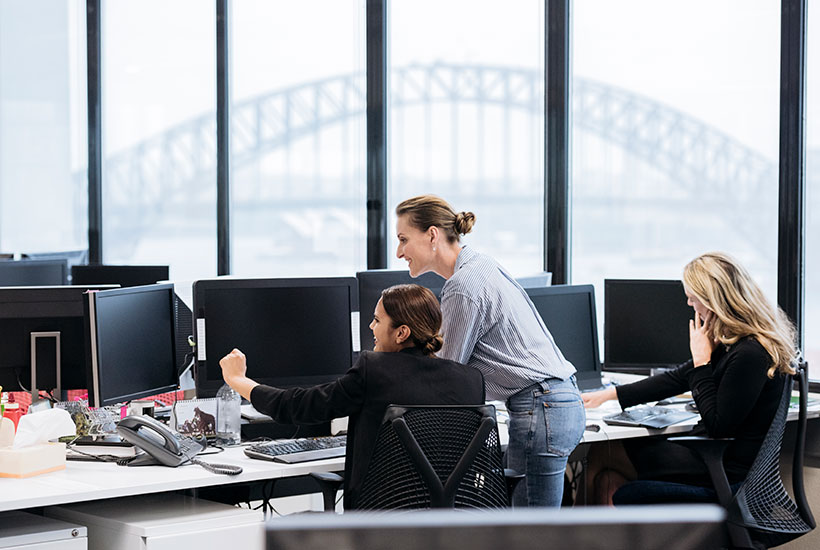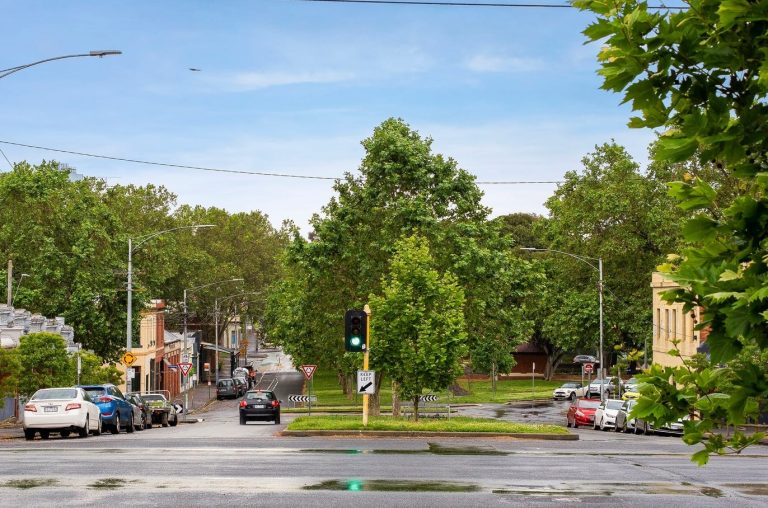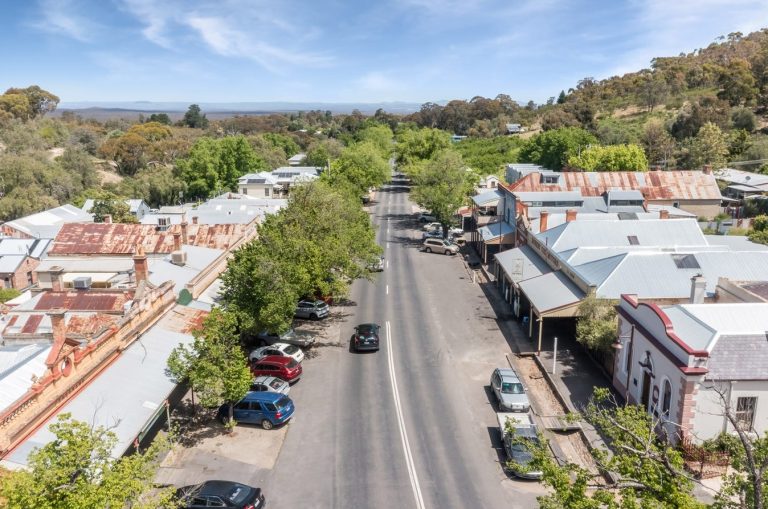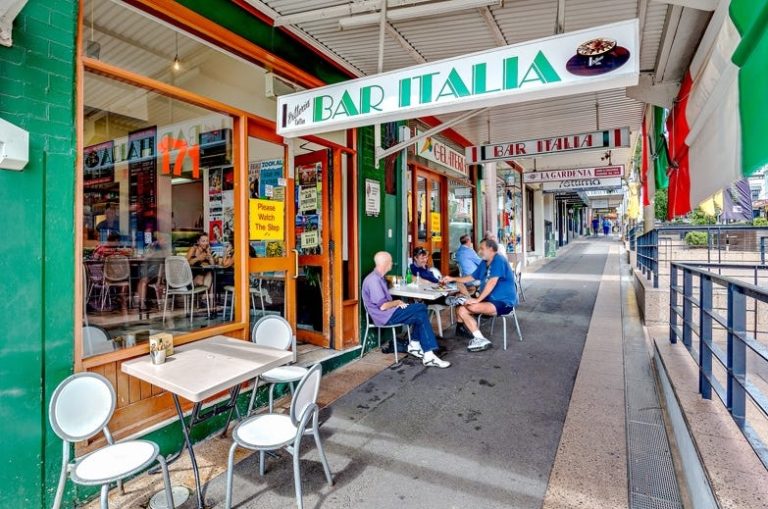How much does it cost to rent an office in Australia?

When renting office space, location and size are just some important factors that should ensure a balanced budget and great growth.
Commercial investors also need to consider market forces of supply and demand, population growth, lease terms and vacancy rates.
How much does it cost to rent an office in Australia?
Office space is usually rented at a dollar-per-square-metre figure.
Here’s what an average office costs to rent in Australia’s major cities.
| City | Avg Cost per Sqm (prime grade) |
| Sydney CBD | $1,038 |
| Melbourne CBD | $659 |
| Brisbane CBD | $662 |
| Adelaide CBD | $448 |
| Perth CBD | $607 |
| Canberra CBD | $437 |
Source: CBRE Research, Q2 2021
How is the cost of office space calculated?
Basic calculations for offices are highly useful particularly for buyers who already know how much space they want to purchase.
For example, yearly rent for a 100sqm office with a $50 per square metre rental rate results in a calculation of $50 x 100sqm x 12 months.
This sum equals $60,000 rent per year, not including 10% GST.
However, while these calculations will assist you in the initial phases, there is far more to consider to figure out your final office rental price.

For clients and staff members, a location close to motorways and public transport is essential. Picture: Getty
6 factors that can affect rent for commercial real estate
As with everything real estate, location is key but there are additional points first-time investors in particular may never have considered.
Here are six points that will influence how much you will pay for an office space.
1. Location
Ray White Commercial Queensland office leasing director, Jason Hines advised business owners to consider where clients and staff are generally based to provide a greater degree of centrality especially when it comes to public transport and motorways.
“Are they all on one side of town or are they scattered all over town?” he said.
“A lot of groups, especially in IT or engineering, are competing for staff and will have these people asking, ‘Where are you located?'”
2. Building grade
The Property Council of Australia grades every building by this measurement, with the best being a premium grade, then an A grade, B grade and so on.
“Premium buildings attract the highest rents and it goes down from there,” Rowan Humphreys of Colliers International explained.
The tenant advisory director said the owner of a premium first-floor office in Sydney could ask for $1,000 per square metre in rent for a net lease agreement, while a premium top floor office could cost $2,200 per square metre in rent.
3. Scenery and light
Mr Humphreys described scenery and light as the biggest rental price differentiators, with offices placed higher up in a building having the best natural light as well as stunning views.
“If you’re on the first floor, you can often be hard up against the next building … whereas if you’re on the top floor, you’d probably have 360 degrees windows around the whole floor,” he said.

Offices located on higher floors can offer great views. Picture: Getty
4. Fit-outs
Many building owners are now offering spec [speculative] office fit-outs, enabling tenants to simply “plug in and play” on signing a lease, Mr Hines explained.
“Spec fit-outs are designed around a variety of tenancy sizes and needs and at the end of the lease, tenants can walk out the door and don’t have to make good and refit it back to normal,” he said.
5. Incentives
Financial incentives are a customary clause in office lease agreements.
Mr Humphreys said a common Sydney incentive saw landlords offering some tenants a lease reduction of 30% or more.
“So, for a five-year lease, you’d be looking at 18 months’ rent free, or three and a half months’ rent free per year,” he said.
Other common incentives include offering early rent-free access to a site to complete a fit-out; contributing extra funds to help tenants with a fit-out; or waiving make good obligations.
6. Gross vs net leases
Net leases are far more transparent than gross leases, according to Mr Humphreys.
He explained office rents normally have a fixed annual increase, currently 3.5%, to cover common strata-type costs such as building maintenance and upgrades.
However, this increase doesn’t always occur, which is wear gross leases can “sting” tenants.
“If outgoings haven’t increased with a gross lease, the amount still increases by 3.5%,” Mr Humphreys said.
“Gross leases also have a clause to recover any increases.”
What extra costs are included in a net lease?
Office space net leases will disclose all building outgoings, including:
- Insurance
- Utility charges
- Rates and land taxes
- Repairs and cleaning costs
- Management fees
What to do if you think you’re paying too much

Ensure you’re paying reasonable rent for office space. Picture: Getty
Business owners can turn over rent tables at any stage of the lease.
The first task should include doing plenty of research to ensure the tenant is paying market value rent.
Mr Hines said the majority of landlords were open to negotiation.
“They’re looking down the barrel of a vacancy for an extended period of time because they’re still going to have to deal with somebody,” he said.
Compare advertised commercial properties in your state
To ensure you’re paying suitable rent for office space, look at what similar places are currently available for.
This important search can be completed on realcommercial.com.au, where advertised offices and other commercial properties from across Australia are easily accessible.
Get an expert to help you negotiate
Mr Humphreys advised uncertain office tenants to find a market expert, such as tenant advisory board members, who could negotiate a better deal with landlords or at least offer advice and options.
He added that many office tenants underestimated how difficult and time-consuming the process could be, especially when compared to residential leases.
“In office leasing, everything’s negotiable and there’s no standard lease,” he said.







